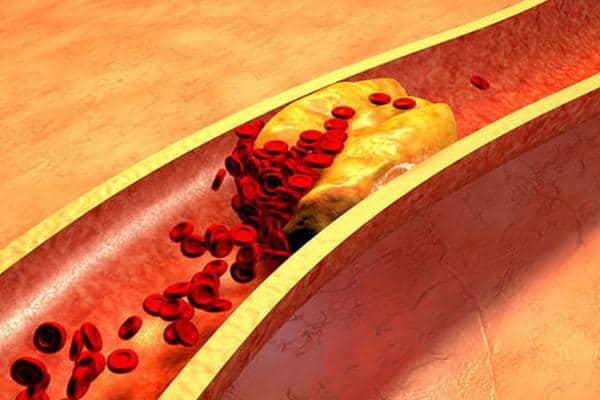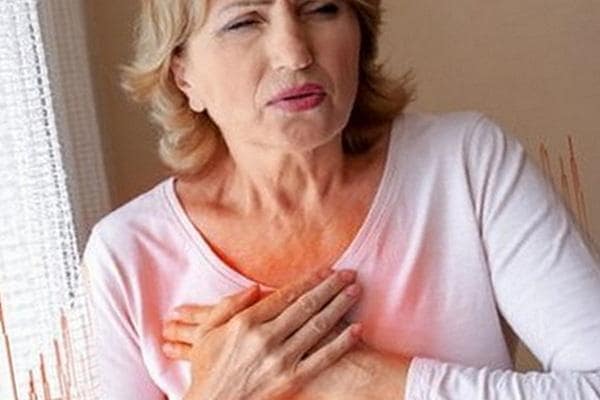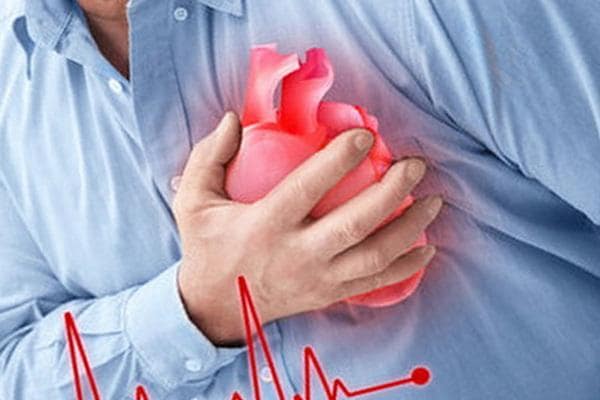Зміст
Heart attack affects up to 100,000 people every year, and the number is constantly growing. Meanwhile, 20% of people die after a heart attack within a year. The main reason is cardiovascular failure and atherosclerosis. However, it turns out that abdominal obesity is a key risk factor. It can be a leading cause of recurrent heart attack or stroke, especially in men. Therefore, not only the body weight is important, but also the measurement of the waist circumference. When does abdominal obesity occur, and how can it be prevented? What are the symptoms of a heart attack?
Causes of a heart attack

The immediate cause of a heart attack is myocardial ischemia. This occurs when blood flow in the coronary arteries is restricted or completely shut off. It is caused by atherosclerotic plaques that build up in the blood vessels, gradually decreasing their lumen. Atherosclerosis develops when there is too much bad cholesterol in the body.
This is partly due to genetics, but an inappropriate diet rich in animal fats plays a huge role. Risk factors for atherosclerosis and heart attack also include diabetes, high blood pressure, smoking, and obesity. A recent study by scientists from the Stockholm Institute focuses on the latter factor. It turns out that the threat is not so much in body weight, but in what excess belly fat. Consequently, the risk of a heart attack (especially a subsequent one) is also high in people who are generally thin but have a disproportionately large belly. This indicator is often observed in middle-aged and older men.
Abdominal obesity and myocardial infarction
Researchers confirmed that recurrent heart attacks or strokes affected abdominal obesity much more often (waist more than 80 cm in women and waste more than 94 cm in men) than in normal or overweight patients (studies also took into account other factors, such as medication and the absence of chronic diseases). The cause may be so-called visceral fat, which is a type of adipose tissue that penetrates deep into the body and surrounds many organs. Over time, it turns into cholesterol, which clogs blood vessels, including coronary arteries. There is more visceral fat in a man’s body. In women, adipose tissue is located just below the skin, and to a lesser extent surrounds the internal organs. Consequently, obese men are more likely to have a second heart attack.
How to deal with abdominal obesity?
Losing belly fat is an especially challenging task. This is why an appropriate diet combined with exercise is important. You should cut out simple carbohydrates (white bread and pasta), sweets, animal fats, red meat, and all highly processed foods from your diet. The daily menu should include whole grains, lean meat (poultry, rabbit), fish (for example, cod, trout, herring), and dairy products (low-fat cottage cheese, natural yogurt, kefir). It is also important to eat lots of raw and cooked vegetables, as well as low glycemic fruits (avoid bananas and grapes). Best stewed or steamed, or baked in the oven.
Getting rid of belly fat requires regular exercise, such as cycling, walking, running, swimming, jumping rope, and aerobics. However, people with cardiovascular disease should discuss the type of physical activity with their doctor.
Heart Attack Symptoms

The most common symptoms of a heart attack are sudden and severe chest pain, which is described as burning, choking, and constant. It can extend to the left shoulder and neck. Some people also experience shortness of breath, rapid heart rate or heart palpitations, sweat, and appear pale.
It is worth knowing that in women, the symptoms of a heart attack may be slightly different and less typical. The pain may be located in the lower chest and spread to the abdomen. Sometimes there is a burning pain in the upper back. Many patients also experience nausea, dizziness, and breathing problems. Feelings of anxiety and heavy sweating are also relatively common.








